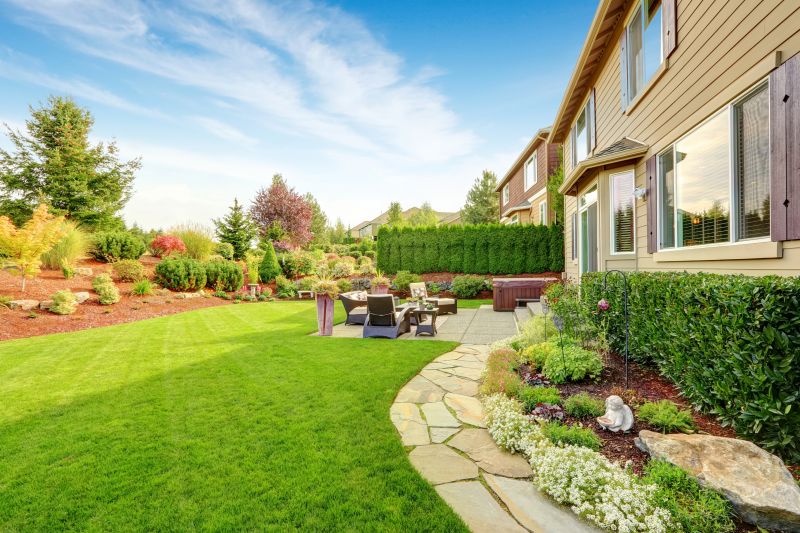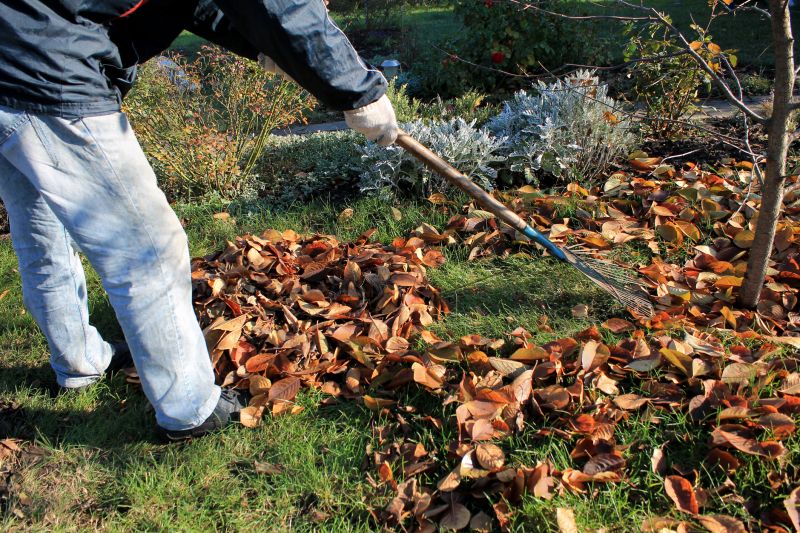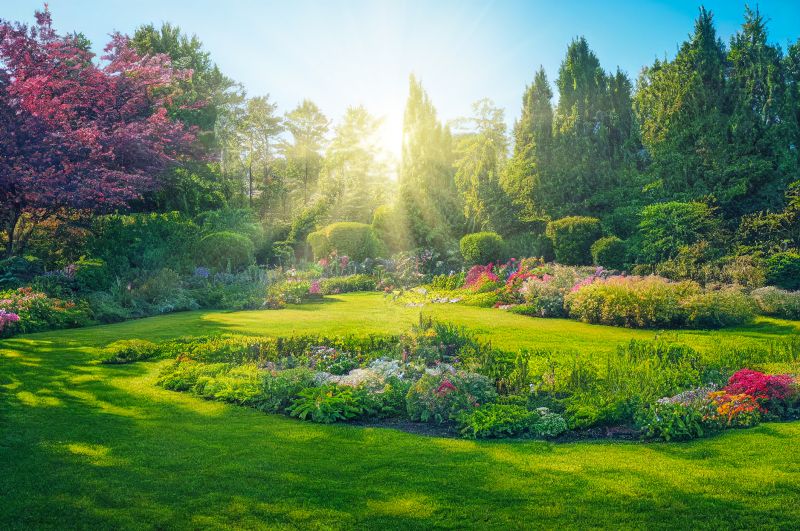Optimal Seasons for Landscaping Projects
Landscaping projects are most effectively completed during specific times of the year to ensure optimal growth and durability. Understanding seasonal patterns helps in planning and achieving the best results for outdoor spaces in Grand Junction, Colorado.
Spring is ideal for planting new greenery, as soil temperatures warm up and plants establish roots before summer.
Summer allows for ongoing maintenance and the addition of drought-resistant plants, though careful scheduling avoids peak heat.
Fall provides cooler weather and increased moisture, perfect for planting trees, shrubs, and preparing landscapes for winter.
Winter is suitable for planning and designing projects, with some hardscaping work possible in milder weather.

Ways to make Landscapings work in tight or awkward layouts.

Popular materials for Landscapings and why they hold up over time.

Simple add-ons that improve Landscapings without blowing the budget.

High-end options that actually feel worth it for Landscapings.
| Season | Ideal Activities |
|---|---|
| Spring | Planting flowers, shrubs, and grass; soil preparation. |
| Summer | Maintenance, watering, and drought-resistant plant installation. |
| Fall | Tree planting, soil fertilization, landscape cleanup. |
| Winter | Design planning, hardscape installation in mild weather. |
Landscaping enhances the aesthetic appeal and functionality of outdoor areas. Proper timing ensures plants establish well, reduces maintenance, and extends the lifespan of landscape features. Seasonal variations influence plant selection, soil conditions, and project scope.

Finishes and colors that play nicely with Landscapings.

Little measurements that prevent headaches on Landscapings day.

A 60-second routine that keeps Landscapings looking new.

A frequent mistake in Landscapings and how to dodge it.

Small tweaks to make Landscapings safer and easier to use.

Lower-waste or water-saving choices for Landscapings.
Choosing the right time for landscaping projects depends on local climate conditions and specific project goals. Proper timing can minimize disruptions and improve long-term success of outdoor improvements.
